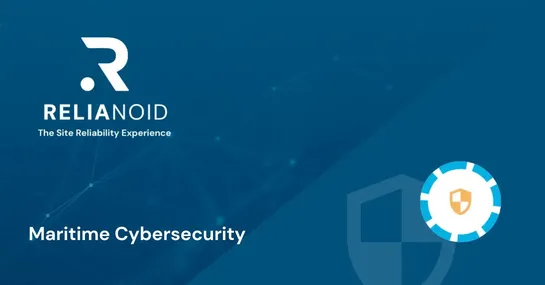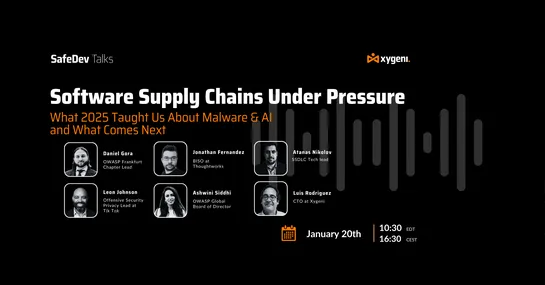Cybersecurity in Maritime: The Quiet Threat Persisting Throughout the Entire Lifecycle of a Ship 🚢⚓️🔐
The maritime sector is becoming increasingly digital — and with it comes a growing, often invisible, threat: cybersecurity vulnerabilities that affect vessels from the blueprint stage to decommissioning. 📍 From compromised ECDIS systems to insecure OTA updates and neglected end-of-life data handling..











